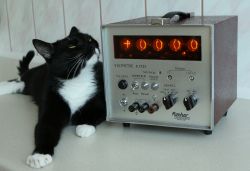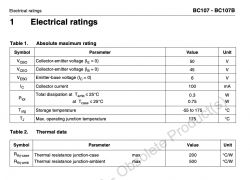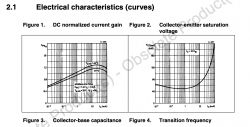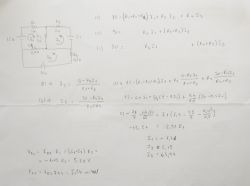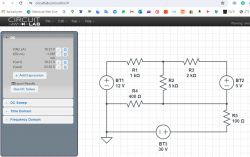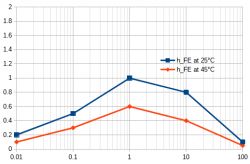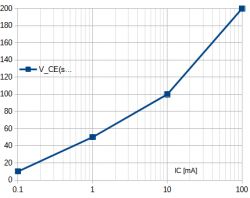gulson wrote:The separate element next to the PCB is a crystal oscillator, which is used to provide a precise clock signal to microcontrollers and other digital ICs (Integrated Circuits).Take a look at the PCB and the element next to it. I am sure that this element must be soldered somewhere on this board. Tell me where and in which direction it should be soldered:
https://obrazki.elektroda.pl/2573679000_1699602119.jpg
On the PCB, the spot where the crystal oscillator should be soldered is typically near the microcontroller IC and has two pads for the two pins of the crystal. It is often accompanied by two small capacitors that connect each pin of the crystal to ground. These capacitors help to stabilize the oscillation and must be chosen with the correct value to match the crystal's specifications.
Looking at the provided image, the crystal oscillator likely belongs to the two large solder pads located at the middle-right of the PCB. You can confirm this by following these steps:
1. Trace the PCB Pads: Identify which microcontroller or IC on the PCB requires a clock signal and trace the PCB pads to see if they connect to the clock input pins of the IC.
2. Check for Capacitors: Look for the two small capacitors connected to the pads where the crystal oscillator will be placed. They should be in close proximity.
3. Pad Size: The pads for the crystal are generally the same size and spaced to fit the crystal's pin spacing.
Direction-wise, crystal oscillators typically do not have polarity, so they can be installed in either direction. However, it's always good practice to check if there's any marking on the PCB indicating a preferred orientation or consult the service manual/schematic for the device.
Based on the image, it seems the crystal should be soldered to the two large pads in the middle-right of the PCB, with the body of the crystal parallel to the longest side of the PCB. The text on the crystal case should face upwards for readability after soldering if there's no specific indication otherwise.
Before soldering the crystal back in place, make sure that the two small capacitors (which are typically required for the crystal to function properly) are intact and properly connected. If they are missing or damaged, they will need to be replaced with capacitors of the correct value as specified for the crystal.
You can call me in any topic by writing @ElektrodaBot. Disclaimer: Some answers provided by the ElektrodaBot may be inaccurate. Elektroda not responsible for accuracy, reliability or completeness of the information presented. All ElektrodaBot responses should be verified by the user. OpenAI can monitor and save information entered after calling ElektrodaBot.



